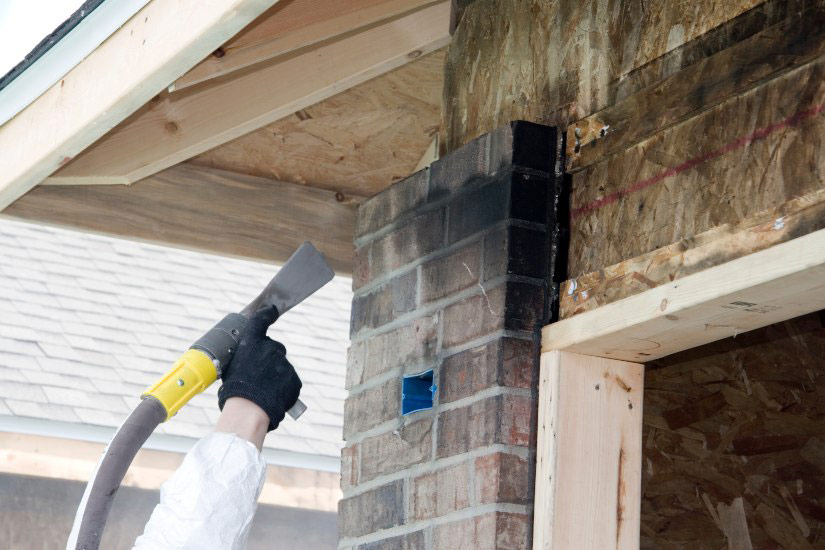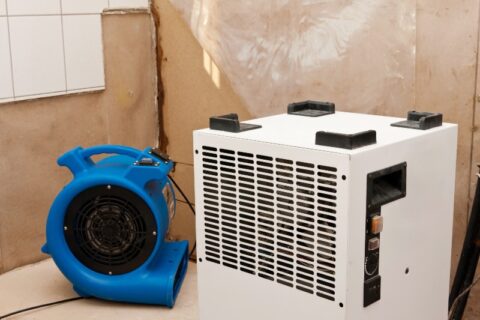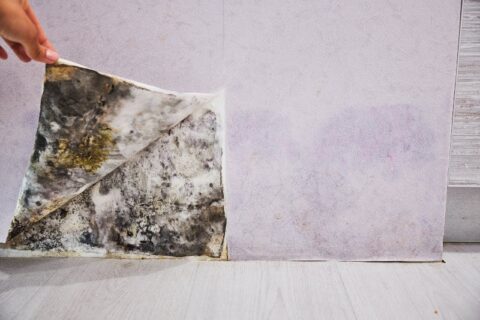How to Clean Smoke Damage From Your Home

Living through a home fire is terrifying. Cleaning up afterward is almost as much of an ordeal. Fire damage, along with water and smoke damage, can be devastating, destroying many of your belongings. However, we’ve got some tips on how to remove smoke damage from your home.
If the damage is extensive, call the professionals. The soot left behind after a fire is a health hazard that can cause respiratory issues, cancer, or birth defects. Dealing with soot and smoke damage requires special knowledge, safety measures, and equipment, but it must be done to determine what can be salvaged. Leaving it to someone with experience and the right tools is the best course of action. However, if the fire was contained in a small area, there are some DIY methods you can use for cleaning home damage.
- Safety first. Don’t enter the house until it’s been determined to be safe by the fire department. When you do enter, open the windows and doors to ventilate the house and promote the flow of fresh air. Use fans to encourage airflow, but turn off the HVAC so that you don’t spread smoke and soot. Wear protective gear, including a respirator, long pants, long sleeves, gloves, and eye protection. Protect the floor and remove furniture or household goods that aren’t damaged. Be careful not to track soot into other rooms of your house.
- Have the right tools. Before you start cleaning, make sure you have everything you need to get the job done.
- Rubber gloves
- Goggles and a mask to protect your eyes and lungs
- Dry-cleaning or chemical sponge
- Two buckets and hot water
- Your choice of smoke damage cleaners: commercial soot remover, vinegar, paint thinner, rubbing alcohol, or bleach
- Liquid soap or a degreaser like trisodium phosphate
- Rags
- Vacuum: preferably smoke vacuum or shop-vac.
- Sort through your belongings. Go through your things, saving what you can salvage and throwing out everything that’s damaged beyond repair. Keep a detailed inventory of everything as you go.
- Vacuum loose particles. A shop-vac with strong suction is a good tool for removing soot particles, but be careful. If you scrub the soot, it will make stains worse. Soot particles may be on the floor, the walls, and other surfaces.
- Begin with the dry cleaners. Once the large particles are removed, put on heavy gloves and begin wiping the walls with a dry-cleaning sponge (chemical sponge). Turn the sponge as you work so that you’re always using a clean surface, and when all the sides are dirty, cut off the sides to expose clean surfaces underneath, or grab a new sponge. Wipe, but don’t scrub and risk working the soot deeper into the surface.
- Move on to liquid cleaners. Still wearing gloves, soak a sponge or rag in a commercial soot/smoke remover, rubbing alcohol, white vinegar, or paint thinner. Wipe every surface, including light bulbs. Then switch to a solution of degreaser, TSP, or dish soap in hot water, and wash the walls with the same wiping movement you used with the dry cleaning sponge. Rinse the rag as it gets dirty, or switch to a new rag. If your water turns black or smells like smoke, replace it. Once you’ve cleaned all the walls, wipe them with fresh water to remove any leftover cleaning products.
- Get rid of the smoke smell. You can use white vinegar, baking soda, activated charcoal, and other odor reducing products to accomplish this.
When you need fire restoration services, call the experts at Pacific Flood Restoration for help. We offer full-service, 24-hour, on-call emergency services, and we’ve earned a reputation for being dependable, on time, courteous, and ethical. No matter the extent of your damage, our trained technicians have the experience, proven techniques, and state-of-the-art equipment to restore your North County San Diego area home, fixing whatever damage it may have sustained. Call 832-294-5462, or contact us through our website.


